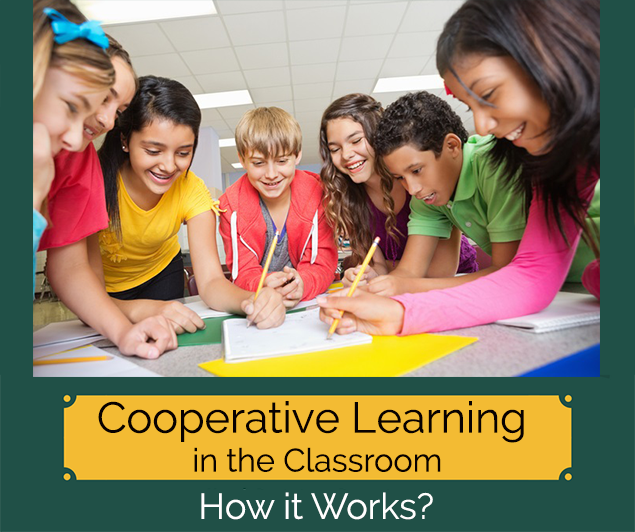
Cooperative Learning Overview
Cooperative learning is a student centred learning strategy that “promotes socialization and learning among students” (Gillies, 2007). It involves students working in small groups to achieve shared goals (Gillies, 2007). Some examples of successful implementation of the cooperative learning strategy are promoting reading and writing, understanding science classes, problem solving in mathematics, and developing interpersonal skills (Gillies, 2007). Cooperative learning also involves face-to-face discussion where it encourages active participation from its members (Gillies, 2007). Students may be assigned a group role within the group as this will give responsibility to specific group members (Teachings in Education, 2017). Furthermore, when students work collaboratively, they learn to listen to what others say, share ideas, give feedback, and “actively work to construct new understandings and learning” (Gillies, 2007). This leads to students contributing unique ideas to help achieve the overall shared goal (Gillies, 2007). Accountability also plays a role in this learning strategy where students are held accountable for their contributions to the group and an emphasis on discouraging free-loading (Gillies, 2007). One of the main advantages for cooperative learning is its ability to allow students to enhance their willingness to work collaboratively and productively, as well as diversifying intergroup relations from different ethnic backgrounds (Gillies, 2007). Another advantage is the opportunity it gives to students to develop their communication skills. Students need to be able to communicate their ideas effectively in order for the whole group to understand (Gillies, 2007). Additionally, conflict management skills can also be developed as disagreements may arise.
Here are some examples of cooperative learning. The first example is the Think-Pair Share model where students are first given a question to work on, then they are grouped into pairs. Once grouped, they can compare answers and discuss different perspectives. Lastly, they will share their answer, as either a shared answer or both individual answers, with the entire class (Teachings in Education, 2017).
The second example is the Jigsaw model where students are assigned into different groups. Each student is given a different topic to study. That student joins other students with the same topic in a group. Lastly, that student returns back to their original group and shares what they learned from the group (Teachings in Education, 2017).
Alignment with our Interactive Learning Resource
In looking at cooperative learning and its alignment with our chosen topic of electronic health records (EHRs), we can apply this learning strategy to our topic. Using the current existing groups in the class, we can promote cooperative learning within the groups. Using the Think-Pair Share model, the students can first individually play the web-based hospital management game. From there, students individually go through the multi-media material, such as videos and powerpoint presentations, prepared in the learning module and “Think” about what they have read and learned. From there, students will group into “Pairs”, depending on the size of the class, and discuss in their groups their answers. Within their group, students can explore new perspectives brought by other students or discuss their thoughts on the hospital game. Lastly in the “Share” component, students in their groups can come up with a collective idea or thought that they would like to share with the class in an online forum. Other students from other groups can read and respond to these forum posts, as well as to pose questions to further discussion.
References
Gillies, R. (2007). Cooperative learning: integrating theory and practice. http://sk.sagepub.com.ezproxy.library.uvic.ca/books/cooperative-learning/n1.xml#d7
Teachings in Education. (2017, October 5). Cooperative learning model: strategies & examples. [Video]. YouTube. https://www.youtube.com/watch?v=cnkKHL_dyGE
Comments on Peer’s Posts
Hi Sifan, you did a great job explaining what inquiry-based learning is and the benefits to this learning method. I think that inquiry-based learning can be especially helpful at offering learners the development of building initiative and self-direction. I also liked how you described why inquiry-based learning does not fit your pod’s plan for your learning resource.
Hi Jin, I liked how you gave the example of citing APA sources. You also mentioned that practice makes perfect and I fully agree with this. I think the more you do something, the more you are familiar with how to do it. As well, mistakes are crucial in achieving perfection as you learn not to make the same mistake again.
